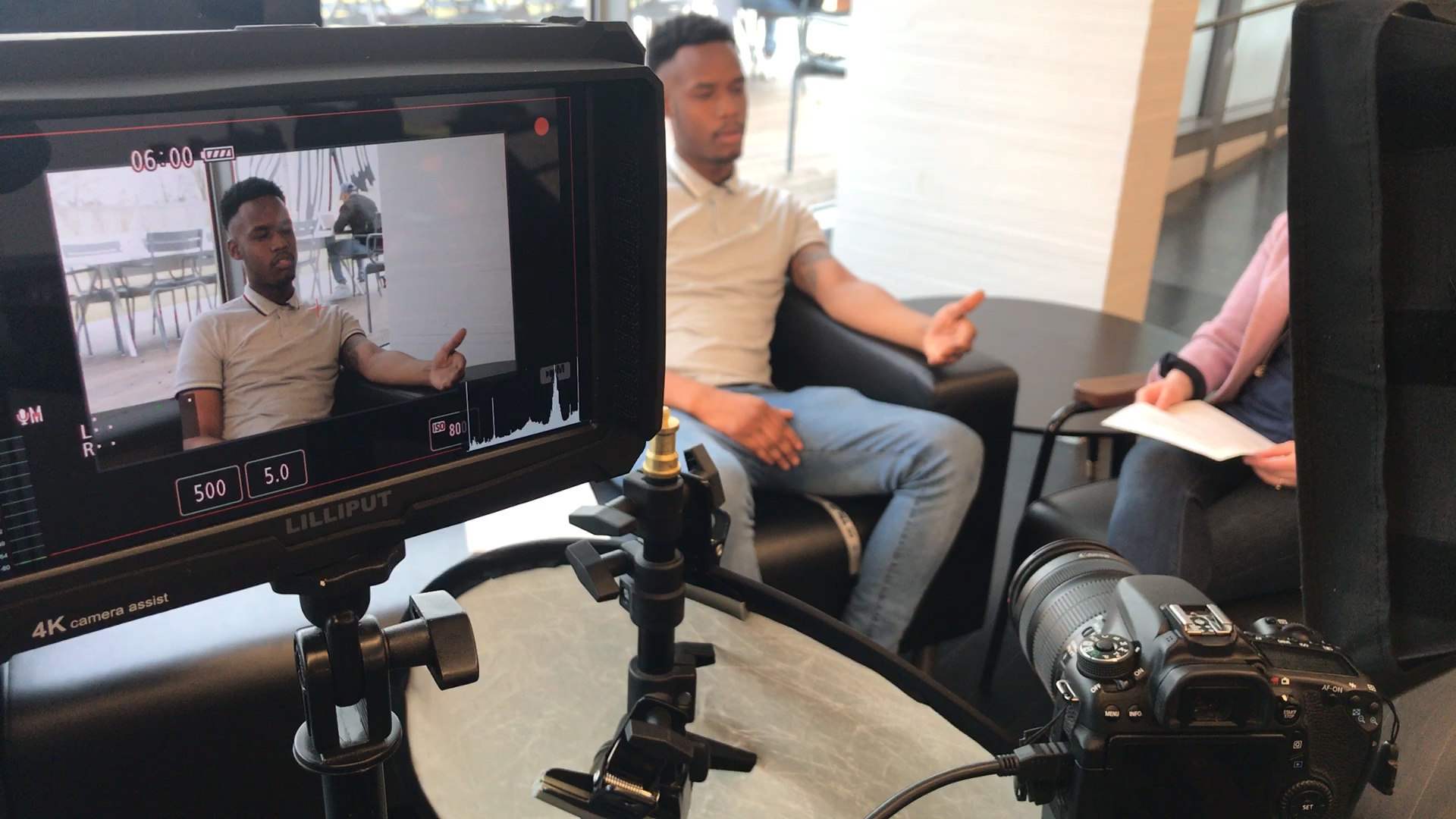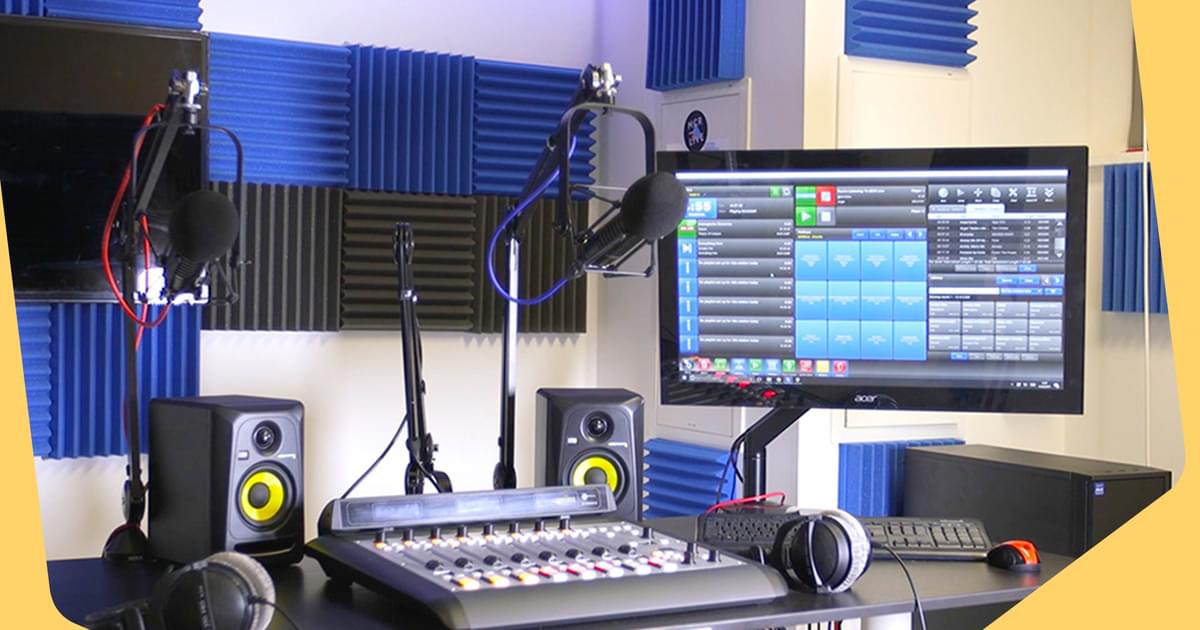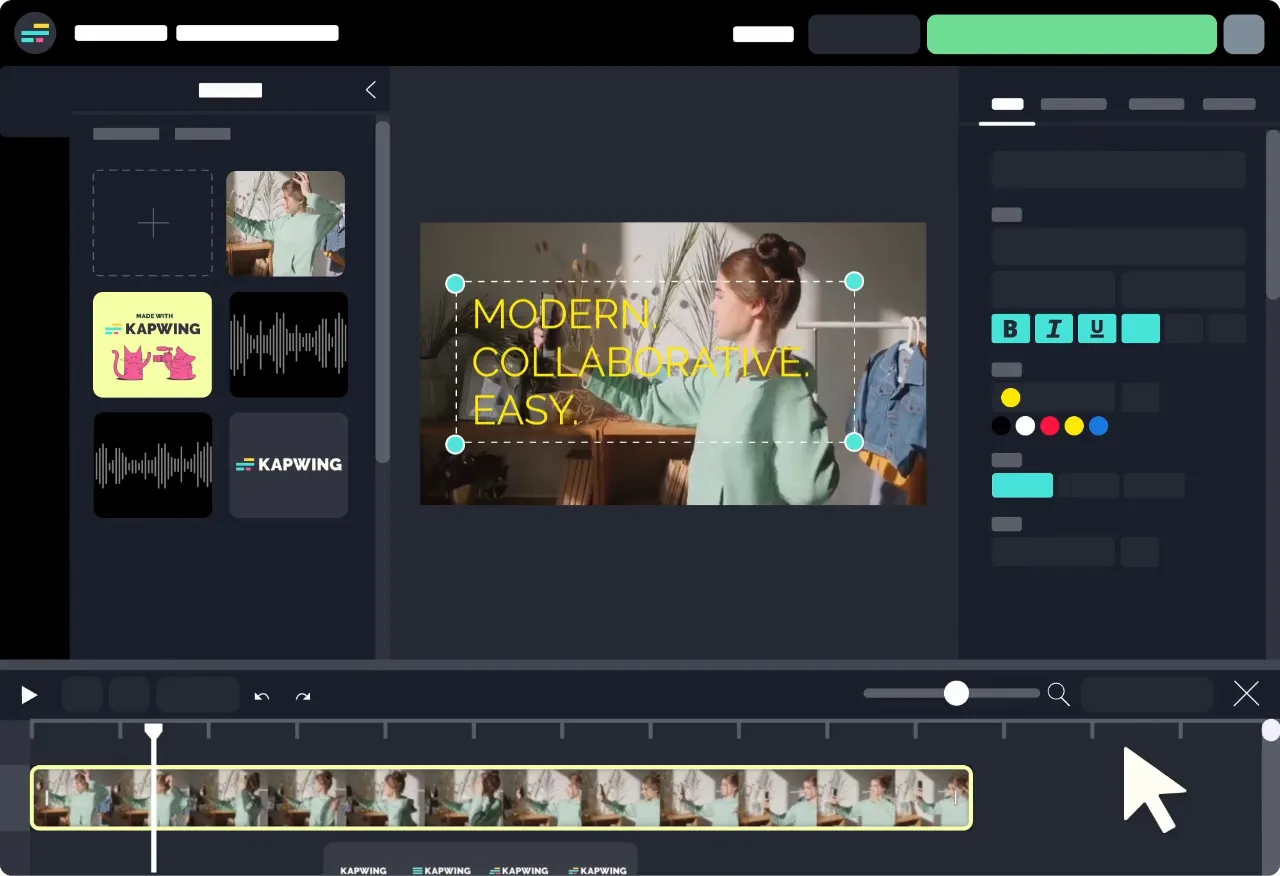As technology advances, many of us find ourselves with boxes of cherished memories on 8mm film reels.
These films may contain precious moments from our past but are also delicate and prone to deterioration over time. It is a great way to convert 8mm film to digital to make them accessible to future generations if you want to preserve these memories.
This guide will take you through the process of transferring your old film to digital, step-by-step, so you can enjoy and share your timeless memories with friends and family.
Equipment Needed
To begin the process of converting your 8mm films to digital, you’ll need the following equipment:
- A projector compatible with 8mm film
- A clean, flat, and well-lit surface for projecting the film
- A digital camera or camcorder with a tripod
- An audio cable or external microphone (optional for capturing sound from the projector)
- A computer with video editing software
- A film cleaning kit (optional but recommended)

Setting Up the Equipment
Start by setting up your projector and screen.
Place the projector on a stable surface, and position it so that it projects the film onto a clean, flat surface.
Ensure that the room is dark enough to see the projected image clearly.
Next, set up your digital camera or camcorder on a tripod. Position the camera to aim directly at the center of the projected image. Adjust the camera’s focus and zoom settings to capture the entire frame of the film without any cropping or distortion.
If you’re using an audio cable or external microphone to capture sound from the projector, connect it to your camera or camcorder accordingly.

Recording the Film
Before you start recording, clean the film using a film cleaning kit if necessary. This will help ensure a clear and stable image throughout the transfer process.
Once the film is clean, load it onto the projector and turn it on. Start recording with your camera or camcorder, ensuring the film’s image is centered and focused. If your film has sound, make sure the audio is captured clearly.
Record the entire film, being mindful of any splices or breaks in the film. If a break occurs, pause the recording, fix the film, and resume recording.
Uploading and Editing the Footage
After recording the film, transfer the footage to your computer. Most cameras and camcorders use a USB cable or SD card for transferring files.
Once the footage is on your computer, open your preferred video editing software. Import the recorded footage and review it for any issues. Trim any unwanted footage, such as the projector’s leader or any blank sections.
If your film has sound, sync the audio with the video as needed. You can also enhance the image quality using color correction, stabilization, and noise reduction tools available in most video editing software.

Saving and Sharing the Digital Film
After editing the footage, save your digital film in a widely compatible format, such as MP4 or MOV. This will ensure the video can be easily viewed on various devices and platforms.
With the digital film saved, you can now store it on your computer, external hard drive, or cloud storage service for safekeeping. You may also want to create backup copies to protect your memories from potential data loss.
Sharing your digital film with friends and family is easier than ever. Upload the video to social media platforms and video-sharing websites, or send it directly via email or messaging apps. You can burn the digital film onto DVDs or Blu-ray discs if you’d like to create physical copies.

Conclusion
By following this step-by-step guide, you can transfer old film to digital and relive those moments with loved ones in a convenient and accessible way.
While the process may seem daunting at first, with the right equipment and a bit of patience, anyone can successfully digitize 8mm film.
So dust off those old film reels and breathe new life into your cherished memories by bringing them into the digital age.








